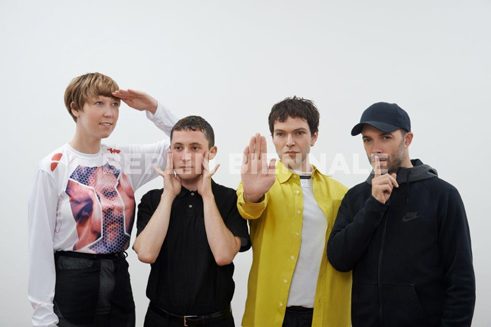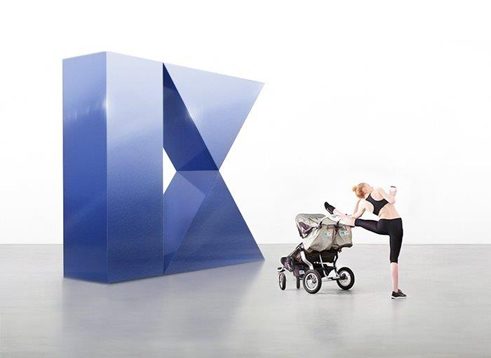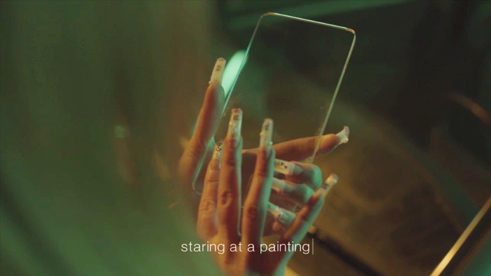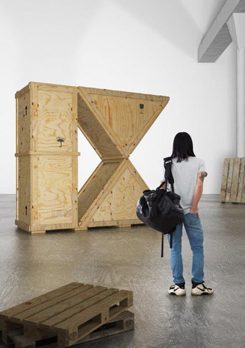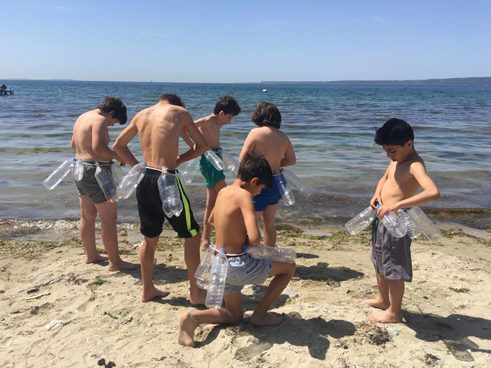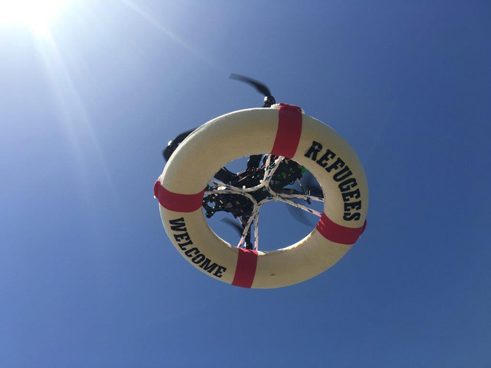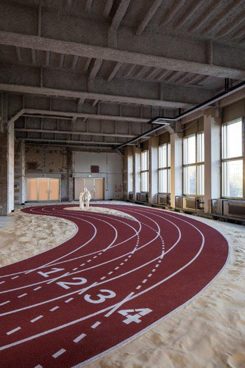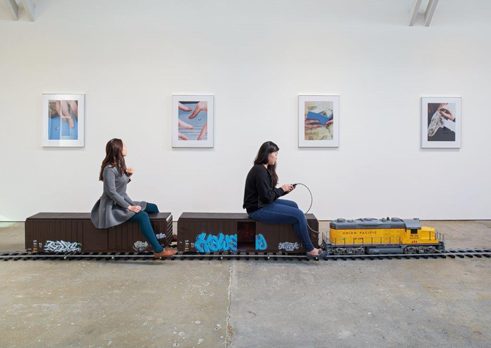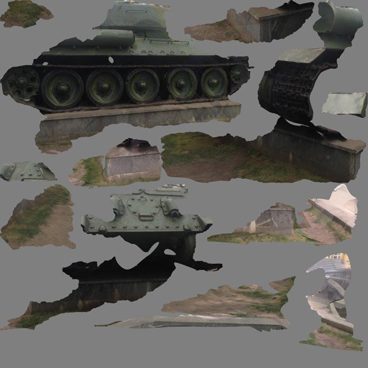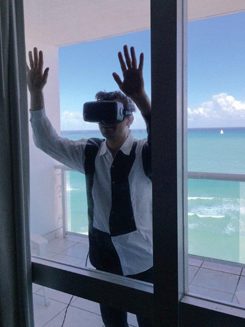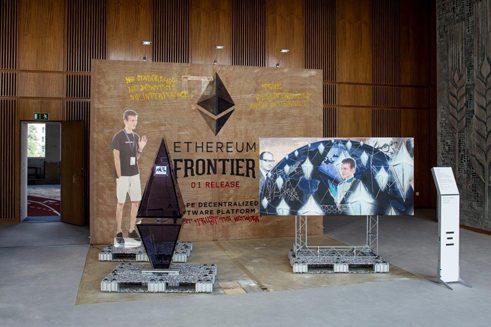Berlin Biennale 2016
In Search of Today’s Berlin
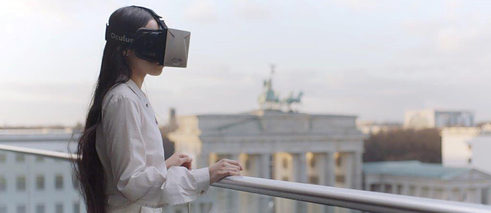
In Berlin, 50 young artists and artists’ collectives aim to present the art of the present in digital times. This is impressive, even if looking behind the surfaces of the current generation of artists is not always a simple matter.
Compared with previous editions, the ninth Berlin Biennale is the most emphatically oriented towards the present and most internationally positioned. It presents art, confusion and bodies in the age of digitalisation as a matter of course, seeks out the new Berlin, and at five central venues offers unpleasant truths, but also beguiling art moments.
The artists’ collective DIS, consisting of the four New York artists Lauren Boyle, Solomon Chase, Marco Roso and David Toro curated this ninth Biennale. They are regarded as pioneers of postinternet art – a label that simply expresses the fact that this young generation of artists is moving between digital worlds and 3-D printers so utterly naturally that the word “Internet” no longer even needs to make an appearance because it is so self-evidently the reference point of their work. And it is precisely here that we must also situate DIS with their Biennale: they present recent positions of digital natives.
The title of the Biennale is The Present in Drag, and the present, that is shown here is not only decidedly digital, it is also staged like a glossy advert. The Biennale’s website, logo, catalogue, posters and banner are inspired by the corporate identities of international firms. Add to this the marketing-oriented language of the curator team, that enjoys using buzzwords like “paradessence” (the abbreviated form of “paradoxical essence”) – a term signifying the union of contradictory qualities in a product.
Established and unknown artists
That the issue here is art and not technology or marketing is not immediately evident. It would be a pity, though, if visitors were not to engage with this Biennale. In addition to previously established US video artists Josh Kline and Wu Tsang, German artists Ingo Niermann and Hito Steyerl and Adrian Piper, who lives in Berlin and was awarded the Golden Lion at the 2015 Venice Biennale, many as yet unknown artists are represented by their works, some of which were specially created for this Biennale. They are being shown at five venues.The DIS curators were clearly in search of today’s Berlin, in other words in search of the glass facades, company headquarters and tourist flows. The romantic Berlin of dilapidated GDR brownfields and stigmatised sites or the peripheral areas of the former West Berlin do not interest them. This is a new approach that the first major exhibition venue immediately fulfils: Homeland, a video work by Halil Altindere is to be seen at the Berlin Academy of Arts, directly on Pariser Platz before the Brandenburg Gate – a powerful choreography of furious, desperate human beings, refugees at the fences of Fortress Europe accompanied by a soundtrack by rapper Abu Hajar. On the roof terrace of the Academy of Art a work by Jon Rafman captivates the visitor: by means of a virtual reality headset, Pariser Platz is transformed for the viewer into a prehistoric ocean, and he finds himself in a fictive doomsday scenario.
In the Biennale’s head office, the KW Institute for Contemporary Art in the Auguststraße and the second-largest exhibition venue, the works by Wu Tsang and Josh Kline mentioned above can be seen. In addition, Cecile B. Evans’ flickering works on the mixing of reality and virtuality are in the main room, which is flooded with water. A video work by Anne Vries on the second floor in which hundreds of thousands of people were digitally combined into a mass of dancing concert-goers is also particularly successful.
Not all of the new venues succeed
By contrast, the inclusion of the Feuerle Collection in a private collectors’ venue in a Second World War bunker, the third exhibition venue, is less successful. The gloomy, inhospitable site defeats all art, even that of photographer Josephine Pryde. Her series of photos of women’s hands hasn’t a prayer against the oppressive concrete architecture. A tourist ship on the Spree serves as fourth exhibition venue, where a video installation reminiscent of zombie films can be seen.At the ESMT (European School of Management and Technology) in the former GDR State Council Building, everything is to be found once again in once place that makes up the Berlin of today and that the DIS curators successfully sought and found: a place in the midst of the city that is decoupled from the past, where today capitalism and management are taught instead of socialism. Visitors moving through the building, renovated in exemplary fashion by architect Hans Günter Merz, to the area where the works of the Biennale can be seen, experience this history of the building and land in the present, in which the digital currency Bitcoin is the dominant theme in the work by New Zealander Simon Denny. Then, at the end of the tour, in the final space, a sensational work, at once moving and simple: Positive Pathways by the artists’ collective GCC from the United Arab Emirates – very fittingly exhibited in the management school ESTM - deals with self-optimisation and the aspiration to success as a substitute for religion.

